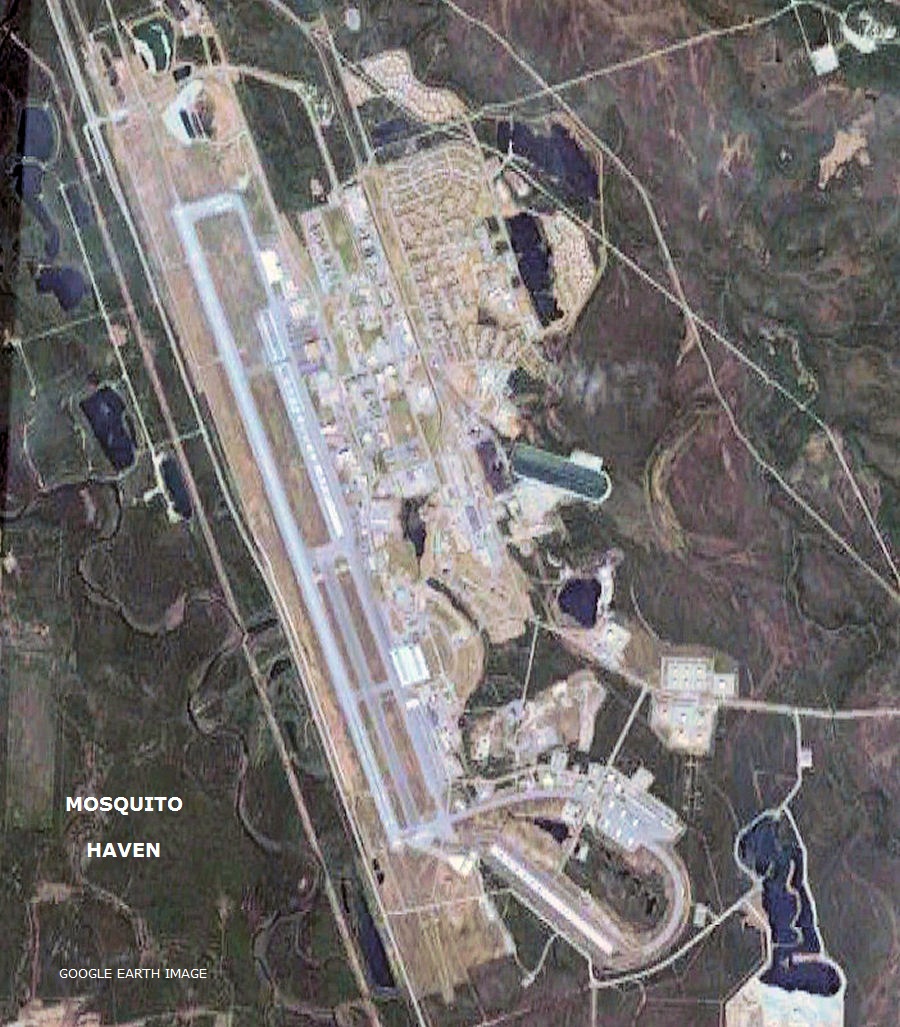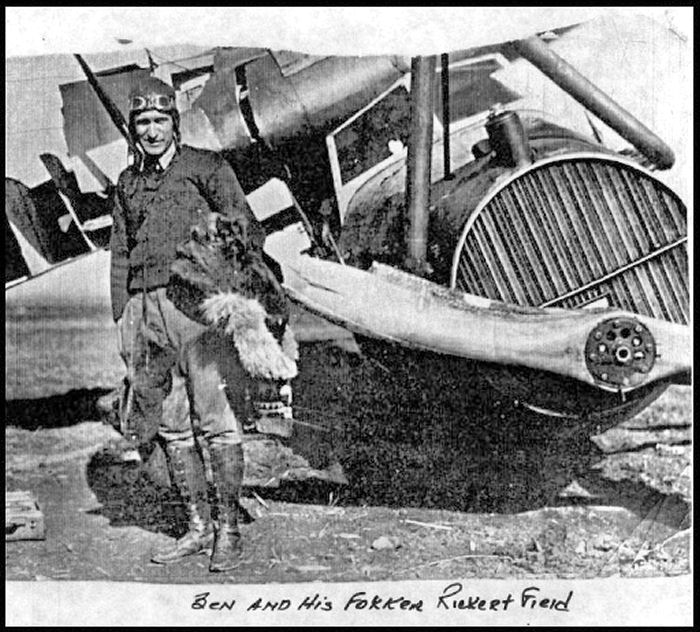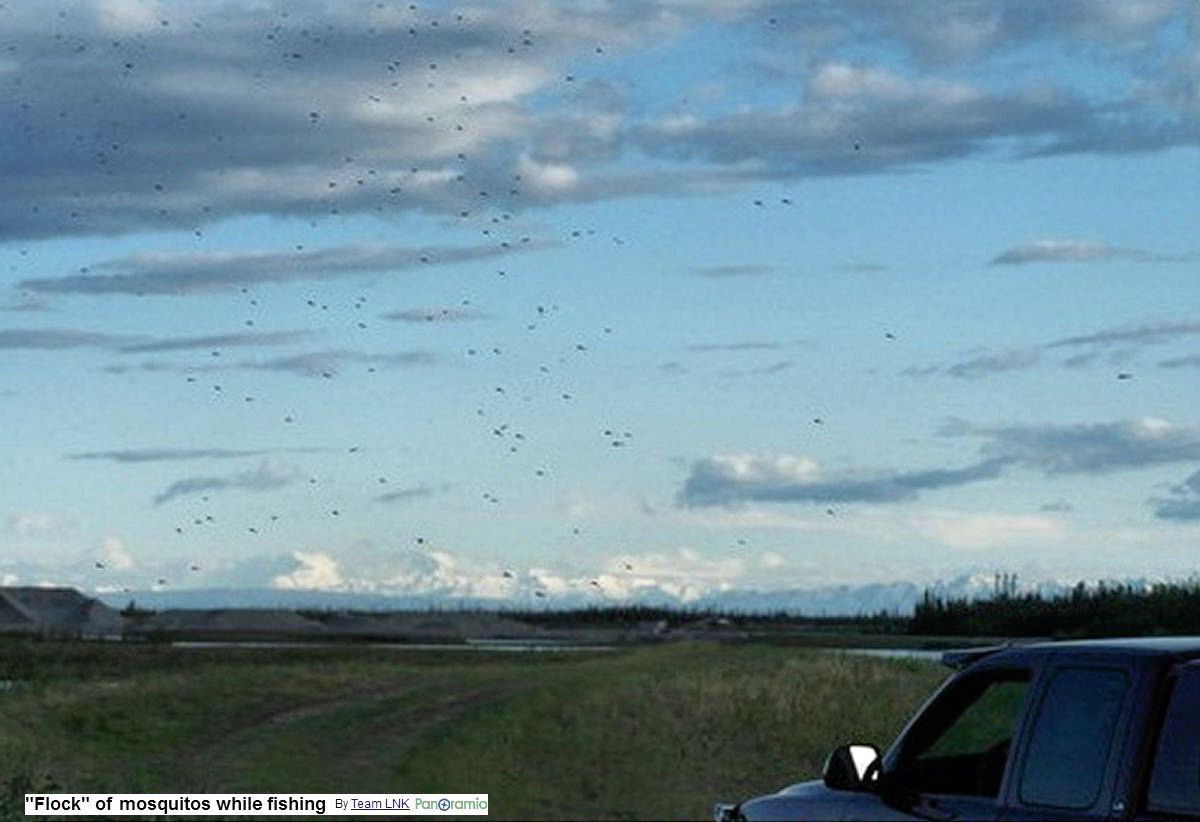Designated
"Eielson Air Force
Base." on Janurary 13, 1948
after being a satellite base of the Historic Landmark Ladd Field at Fort Wainwright in Fairbanks.

View pdf file - BASE HISTORY
The Base is named for Carl Ben Eilson Born in Hatton, North Dakota in
1897, Eielson served in World War I with the US Army Signal Corps’
aviation
section. A month before he was to depart for France, the war ended. He
earned
Second Lieutenant bars in March 1919, and was discharged the same day. For several years thereafter,
Eielson alternated between barnstorming and college life. He dropped
both,
temporarily it turned out, and in 1922 moved to Fairbanks to teach high
school.
Aviation continued to beckon, and that same year he became the sole
pilot for
the Farthest North Aviation Company, an enterprise he and several local
businessmen founded. After obtaining a surplus Army aircraft in the
United
States, Eielson soon began making regular commercial flights from
Fairbanks.
His cargo included supplies, mail, and passengers. In 1924, the company received a
postal contract from the government. After a crash, the contract was
terminated
and Eielson returned to military service. He was stationed at Langley
Field,
Virginia for most of 1925 before moving back to North Dakota and
working as a
bond salesman. |
 More
History - WIKIPEDIA
|
|
Arctic
aviator Hubert Wilkins
gave the erstwhile aviator another chance in late 1925, when he asked
Eielson
to pilot an expedition across the North Pole. After two unsuccessful
attempts
in 1926 and 1927, the pair succeeded in 1928, flying from Barrow,
Alaska to
Spitsbergen Island north of Norway. It was the first flight from North
America
to Europe over the North Pole. As such, it brought Eielson lasting
fame. The
feat earned him the Distinguished Flying Cross and the 1928 Harmon
Trophy for
the greatest aviation exploit of the year. Later in 1928, Eielson would
also
fly Antarctic routes with Wilkins. Eielson
returned to Fairbanks
in early 1929 and helped found Alaska Airways Incorporated. On November
9,
1929, at the age of 32, Carl Ben Eielson along with his mechanic Earl
Borland
died while flying across the Bering Strait to Siberia in an attempt to
rescue
both crew and cargo of the ice-bound ship, the Nanuk. An international
team of
rescuers did not locate the wreckage until January 1930. Eielson is
buried in
Hatton, North Dakota. A
telecommunication friends comment after viewing this page - Jan. 26,
2011 I remember Murphy Dome as a place
most airmen did NOT want to
go. I passed through Eielson AFB in 1973, and it was colder than
“a brass
toilet seat in January in N. Dakota.” I do remember the beautiful
sunset
there, howevr. I was glad I wasn’t stationed there though. I had tried for an assignment in communications at Elmendorf AFB, Anchorage, in 1982, but the guy who I was to replace decided to extend. So, I went to Malmstrom AFB, Great Falls, MT, instead. Alaska is a beautiful, but cold state. Some of the GIs I knew who got assigned there decided later to live there. I guess you understand the reason why. Ernie |
|

